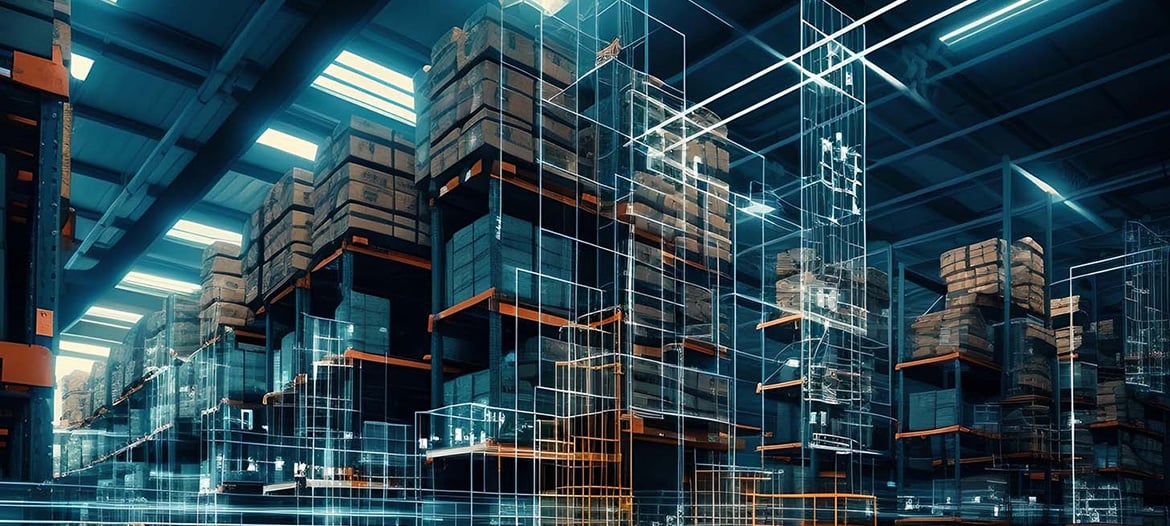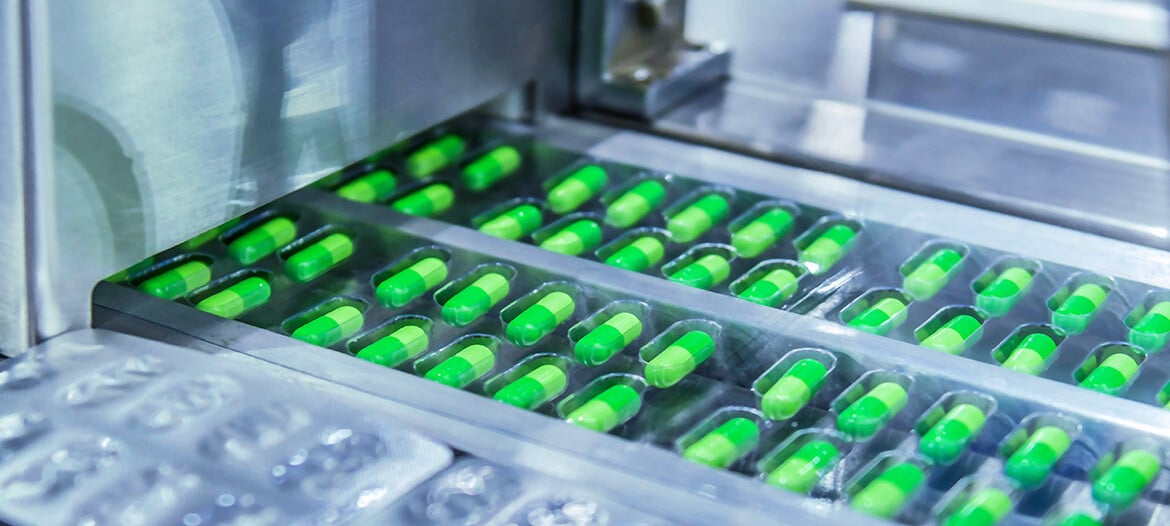Trends and Challenges in Cryogenic Storage and Shipment Today
The recent Leading Minds Network webinar "Cold Hard Truths in Cryogenic Storage and Shipment Today" brought together industry experts from across the cryogenic supply chain to discuss current trends and challenges in the cold storage and transportation of biological materials. Panelists included Ian Pope, Chief Commercial Officer at IC Biomedical, Gerard McCabe, COO/Director of Biostór Ireland and Teresa Clancy, Functional Lead, Supply Chain, APC Ltd. & VLE Therapeutics.
With the growth of biologics, cell therapies, and personalized medicine, there is increasing demand for robust cryogenic solutions. However, complex regulations, infrastructure limitations, lack of specialized expertise, and data security issues pose obstacles for stakeholders. The panelists provided perspectives on navigating these hurdles from their viewpoints as a cold chain logistics provider, storage facility operator, and equipment manufacturer. They also outlined innovations needed to scale up the industry and predicted future directions such as automation, sustainability, and point-of-care treatments.
The webinar began with the moderator Henry Moran, director of ASC Associates, asking the panelists what is driving the increased demand for cryogenic storage and transportation.
Gerard McCabe responded that the advancement of biotechnology is creating more biological materials like stem cells and genetic samples that require cryogenic preservation. The growth of cell and gene therapies, bio banking, and tissue transplants is also fueling demand for cryogenic solutions. McCabe also noted the trend towards personalized medicine with products like CAR-T cell therapy and cord blood banking.
Ian Pope added that there is a shift from local storage to centralized facilities with expert handling and regulatory compliance. This increases transport needs between manufacturing, storage, and end use. Pope also discussed the rise in cell and gene therapy clinical trials, where the patient is often the source and recipient, requiring multiple cryo-shipments per treatment. As therapies scale up, the logistics infrastructure must grow to meet global distribution needs.
Moran then asked about the challenges facing the industry today. Teresa Clancy discussed the infrastructure challenges with cryogenic services like accessibility of cryo-shippers. She noted that specialized knowledge needed to handle cryo-shipments in a proper and time sensitive manner. Deviations can ruin irreplaceable therapies so expertise is critical.
Pope emphasized the issue of scaling up from small trials to full production. He said building qualified facilities and teams takes years. Pope also noted geographic challenges as therapies launch globally but infrastructure is concentrated in certain hubs currently. He gave the example of a firm starting in California then building out hubs around the world to meet distribution needs.
When asked about opportunities, Pope said cryogenics could apply more innovative technologies beyond just reliability. He wants input on delivery items like syringes instead of just vials and bags historically used. Pope foresees shifts like drones for short-distance delivery of therapies. Clancy noted opportunities for service providers to offer robust cryo-solutions to relieve client worries. McCabe said partnerships are key and regulations drive very high service levels.
Regarding the future, McCabe predicted growth in personalized medicine, AI for monitoring, and new cryogenic applications beyond medicine like food storage. Pope foresees point-of-care treatments instead of centralized manufacturing as processes are miniaturized. He expects more automation and stringent data collection requirements, noting current practices may not suffice. Clancy emphasized the need for tailored, sustainable solutions to secure the supply chain.
On regulatory impacts, Clancy noted cGMP regulations govern facility work. She said meeting EU GDP regulations for shipments is difficult as personalized therapies are unique to each individual.
Pope discussed proactively designing equipment to handle future regulations, like building in temperature mapping and individual access controls. He gave the example of adding multi-point mapping for their shipping containers. McCabe highlighted various tissue, cell, safety, and ethical regulations they must follow as a storage provider.
In summary, the panelists provided unique insights into the growing cryogenic industry, from increasing demand due to new therapies and treatments to challenges around expertise, infrastructure, and regulations. They see opportunities in innovative technologies, partnership models, and developing robust solutions for this complex supply chain. Regulatory needs were discussed in terms of both current requirements and preparing for future needs like more data and tracking. The future promises continued growth in this sector along with more focus on personalized treatments and automated, sustainable systems.








Leave a Comment